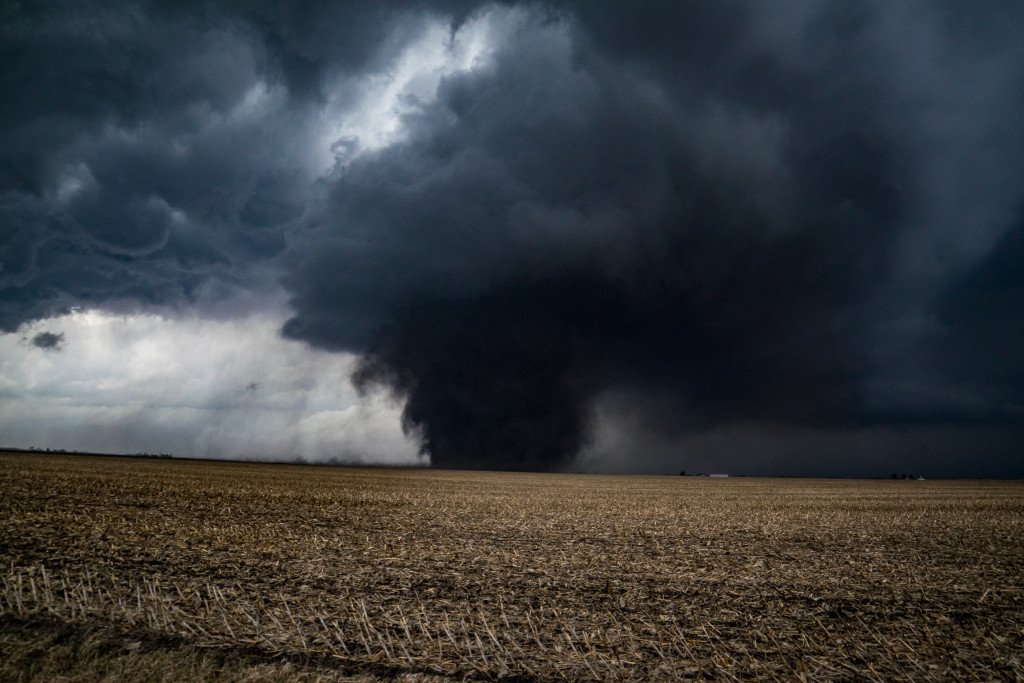• Provide housing solutions to people who are at risk of being impacted by bad weather.
• You should provide essentials such as food and water, medical supplies, and clothing.
• Educate locals on how they can best prepare themselves and their families before a storm or other severe weather events.
• Develop an emergency response plan that includes identifying potential risks and hazards, gathering essential supplies, developing communication strategies, and training emergency responders.
As the weather gets worse, it can take a significant toll on struggling communities. From flooding to extreme temperatures and more, these communities often lack the resources they need to prepare for bad weather. But with a few simple steps, you can help prepare these communities and make sure they’re ready when disaster strikes. Here are a few tips for helping struggling communities prepare for bad weather.
Provide Housing
The first thing to do is provide housing to people who are at risk of being impacted by bad weather. This could include temporary shelters or longer-term housing solutions. It’s essential to work with local government or non-profit organizations in order to identify potential housing solutions that will be most beneficial for those who are affected by bad weather.
Additionally, if you plan on securing long-term or permanent housing for those in need, make sure you partner with a reliable mortgage company. They can help you secure the best possible loan for affected communities, as well as provide guidance on other housing-related issues. They might also be able to help you create a budget for the project. This will ensure that the project is manageable and that all necessary funds are accounted for.
Supply Essential Supplies
Once housing has been provided, it’s vital to supply essential supplies such as food and water, medical supplies, and clothing. These basic necessities can ensure that people have access to the items they need before, during, and after a storm or other severe weather event.
Educate About Preparedness

Education is one of the keys to preparedness in any community. Make sure you’re providing information about how people can best prepare themselves and their families before a storm or other disaster strikes. Provide resources that explain how people should protect their homes, secure their belongings, plan ahead for medical needs, and more.
Create an Emergency Response Plan
Developing an emergency response plan is essential in any community, especially in struggling ones with limited or nonexistent resources. Different types of bad weather may require different response plans, but some general steps need to be taken to ensure that the community is prepared and ready to respond. These steps include the following:
Identifying potential risks and hazards
Identifying potential risks and hazards, such as flooding and extreme temperatures, can help prepare a community for bad weather. Developing an action plan on how best to respond and protect the community is essential if these risks become realities.
Gathering essential supplies
It’s important to have a plan for gathering essential supplies such as food, water, and medical supplies. Ensure that everyone knows who’s responsible for collecting these items so they can be prepared if a disaster strikes.
Developing communication strategies
An effective communication strategy can ensure that everyone is informed about the potential risks and what to do if bad weather strikes. Developing a plan for disseminating information via news outlets, social media, and other platforms can help get the word out quickly and efficiently.
Training emergency responders
Emergency responders such as firefighters, police officers, and medical personnel should be trained to respond to emergencies. This training should include how to respond and what types of resources and equipment are needed for the job.
Ensure all residents know what steps to take if a severe storm hits or other emergency arises so everyone can stay safe and protected from harm during difficult times.
Train Local Leaders

Finally, training local leaders is critical in helping struggling communities prepare for bad weather events. Train leaders on how best to respond when emergencies arise so they can help lead their communities through tough times with confidence and expertise. With the right strategies in place before storms hit, these leaders can provide guidance and support throughout the recovery process and lead efforts toward long-term resiliency within the community.
Bad weather can have a devastating impact on struggling communities, but with the proper preparation and resources in place, it is possible to help these communities stay safe and secure. By providing housing solutions, and essential supplies, educating locals about preparedness measures, creating an emergency response plan, and training local leaders – we can ensure that those affected by bad weather are taken care of during difficult times. With proper planning and support from organizations like yours, these communities will be better equipped to handle whatever Mother Nature throws their way.









